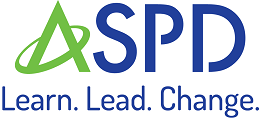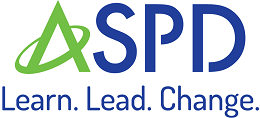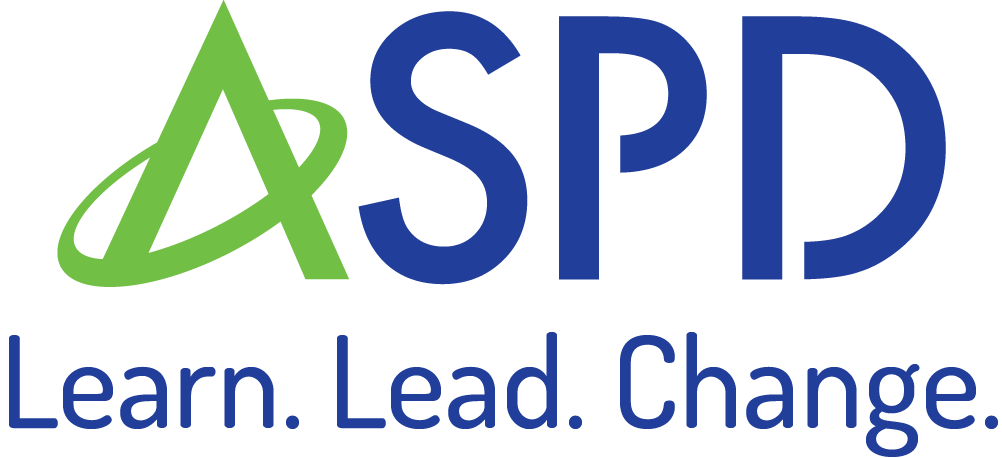CCSS Gr 1 with Linguistic Demands
| Standard | Students need to know and understand ... | Teach students how to ... | Linguistic Frames for Expression | Students need to be able to use ... |
|---|---|---|---|---|
| CCSS.ELA-Literacy.RL.1.1 - Ask and answer questions about key details in a text. | Question forms (e.g., "What did she say?", "Who is in the story?"), present tense verbs for events (e.g., "lives," "says"), and vocabulary for story elements (e.g., "characters," "events"). | Formulate questions with "what," "who," "where" (e.g., "What happens next?"); answer with short responses using relevant verbs (e.g., "He goes home"). | "What happened after ___?" "The character ___ because ___." "I think ___ because ___." |
Present Tense Verbs (e.g., "is," "does"); Wh- Questions (e.g., "what," "who," "where"); Simple Sentence Structure (subject-verb-object). |
| CCSS.ELA-Literacy.RL.1.2 - Retell stories, including key details, and demonstrate understanding of their central message or lesson. | Chronological order words (e.g., "first," "next," "then"), transition phrases (e.g., "after that," "in the end"), and verbs indicating sequence (e.g., "began," "finished"). | Use time words to order events (e.g., "First they met, then they talked"), simple past verbs to narrate (e.g., "said," "ran"), and connectors for story sequence (e.g., "so," "then"). | "First, ___ happened, then ___." "The story was about ___." "In the end, ___." |
Past Tense Verbs (e.g., "said," "went"); Sequencing Words (e.g., "first," "then," "next"); Connectors (e.g., "and," "then"). |
| CCSS.ELA-Literacy.RL.1.3 - Describe characters, settings, and major events in a story, using key details. | Descriptive adjectives (e.g., "brave," "quiet"), nouns for elements (e.g., "hero," "village," "storm"), and verbs for actions (e.g., "explores," "travels"). | Describe characters using adjectives (e.g., "She is brave"), express setting using prepositions (e.g., "in the forest"), and events using present and past tense verbs (e.g., "They climbed the mountain"). | "The character is ___ because ___." "The setting is ___." "In this part, ___ happens." |
Adjectives (e.g., "brave," "quiet"); Noun Phrases (e.g., "the brave hero"); Prepositional Phrases (e.g., "in the forest"). |
| CCSS.ELA-Literacy.RL.1.4 - Identify words and phrases in stories or poems that suggest feelings or appeal to the senses. | Sensory adjectives (e.g., "bright," "rough"), emotional verbs (e.g., "cried," "laughed"), and sensory nouns (e.g., "scent," "whisper"). | Use sensory adjectives to express feelings (e.g., "The night was cold"), emotions (e.g., "He felt scared"), and sensory details (e.g., "She heard a soft voice"). | "The author uses ___ to show ___." "This word makes me feel ___." "I imagine ___ when I read ___." |
Sensory Adjectives (e.g., "bright," "rough"); Emotional Verbs (e.g., "feel," "think"); Simple Sensory Nouns (e.g., "sound," "whisper"). |
| CCSS.ELA-Literacy.RL.1.5 - Explain major differences between books that tell stories and books that give information. | Narrative and informational vocabulary (e.g., "character," "fact," "make-believe"), and verbs to compare (e.g., "tell," "explain"). | Use simple structures to contrast types (e.g., "Stories tell adventures; information books give facts") and opinion expressions (e.g., "I think stories are more fun"). | "Stories usually have ___, but information books have ___." "A story is about ___; an information book is about ___." "I prefer ___ because ___." |
Comparative Adjectives (e.g., "different," "similar"); Conjunctions (e.g., "but," "because"); Simple Declarative Sentences (e.g., "A story has characters"). |
| CCSS.ELA-Literacy.RL.1.6 - Identify who is telling the story at various points in a text. | Pronouns indicating viewpoint (e.g., "I," "he," "she"), verbs showing perspective (e.g., "says," "thinks"), and basic dialogue tags (e.g., "said," "asked"). | Use pronouns and verbs to indicate narrators (e.g., "She tells the story"), recognize changes in viewpoint with pronouns (e.g., "Now I see it"). | "The narrator is ___ because they say ___." "I can tell ___ is speaking because they use ___." "When ___ speaks, they say ___." |
Subjective Pronouns (e.g., "I," "he," "she"); Speech Verbs (e.g., "says," "asks"); Simple Dialogue Tags (e.g., "he said," "she replied"). |
| CCSS.ELA-Literacy.RL.1.7 - Use illustrations and details in a story to describe its characters, setting, or events. | Descriptive nouns and adjectives (e.g., "forest," "dark"), phrases showing spatial relationships (e.g., "near," "above"). | Use descriptive phrases to relate illustrations (e.g., "The house is on the hill"), spatial language with prepositions (e.g., "The tree is next to the river"). | "In the picture, I see ___." "This shows that the character is ___." "The ___ is located ___ in the story." |
Noun Phrases (e.g., "a tall tree"); Prepositional Phrases (e.g., "near the house," "on the hill"); Descriptive Adjectives (e.g., "dark," "tall"). |
| CCSS.ELA-Literacy.RL.1.9 - Compare and contrast the adventures and experiences of characters in stories. | Comparative phrases (e.g., "similar to," "different from"), contrastive vocabulary (e.g., "like," "but"), and conjunctions (e.g., "and," "or"). | Use comparative phrases and conjunctions (e.g., "Both characters are brave, but one is shy") and simple connectors for contrast (e.g., "also," "but"). | "___ is similar to ___ because ___." "They are different because ___." "One character ___, while the other ___." |
Comparative and Superlative Adjectives (e.g., "similar," "different"); Conjunctions (e.g., "and," "but"); Simple Comparative Structures (e.g., "is like," "is different from"). |
| CCSS.ELA-Literacy.RL.1.10 - With prompting and support, read prose and poetry of appropriate complexity for grade 1. | Complex connectors (e.g., "however," "yet"), supportive adjectives (e.g., "similar," "complex"), and visual vocabulary (e.g., "look at," "find"). | Express connections with conjunctions (e.g., "and," "or"), supportive words for complexity (e.g., "This is harder because..."), and connect ideas from text. | "This part of the text shows ___." "The poem is about ___." "I see that ___ connects to ___." |
Complex Connectors (e.g., "yet," "however"); Supportive Adjectives (e.g., "complex," "challenging"); Visual Cue Vocabulary (e.g., "see," "find"). |


